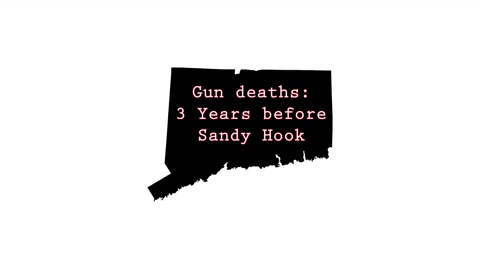Photo: Members of the Navy participate in an active shooter exercise to prepare for incidents of gun violence.
By Sal Siciliano
The shooting at a Parkland, Florida high school this Wednesday injured dozens and killed 20 people.
While vital information remains unclear at this time, the incident has again brought increased attention to Florida’s gun laws.
Less than two years ago, Orlando’s Pulse nightclub was the deadliest mass shooting in U.S. history. The Oct. 1 shooting in Las Vegas, where 59 people were killed, has since eclipsed that total.
In Florida, one can buy a gun without a license or registration. Potential buyers typically don’t need to go through a background check, including to purchase semi-automatic weapons.
Opponents of gun control argue that gun restrictions have no direct effect on preventing violent behavior. However, Connecticut’s gun control policies in the wake of the Sandy Hook shooting in 2012 has shown a decline in the state’s gun deaths.
Rabinowitz: I was superintendent of Hamden Schools after the shooting at Sandy Hook. One of the most horrible things is that no matter how much we train, secure our schools, we just can't guarantee our children's safety one hundred percent.
— Where We Live (@wherewelive) February 15, 2018
“In 2013, Connecticut lawmakers made sweeping changes to the state’s gun laws. For starters, they broadened the scope of what the state classifies as assault weapons, banning more than 150 gun models,” said WNPR’s Lori Mack, who is also an adjunct instructor at Quinnipiac University.
In Mack’s on-air story, she added, “The legislation also banned the sale of gun magazines with a capacity of more than 10 rounds. A permit is now required to buy any type of gun or ammunition. The state also has a registry of deadly weapon offenders and a universal background check system.”
According to data from the CT Against Gun Violence organization and confirmed by the state’s Office of the Chief Medical Examiner, gun homicides in Connecticut dropped from 115 in 2012 to 79 by 2015.

Graphic by Andrew Weiss. Deaths classified as gun related homicides, per CAGV.
Despite new regulations, gun sales in Connecticut have not experienced any notable decline, but the state ensures that any gun owners and new firearm purchases are being more effectively monitored.
This information is important to gun control opponents and legislators in states like Florida when seeking effective but publicly accepted firearm reforms.